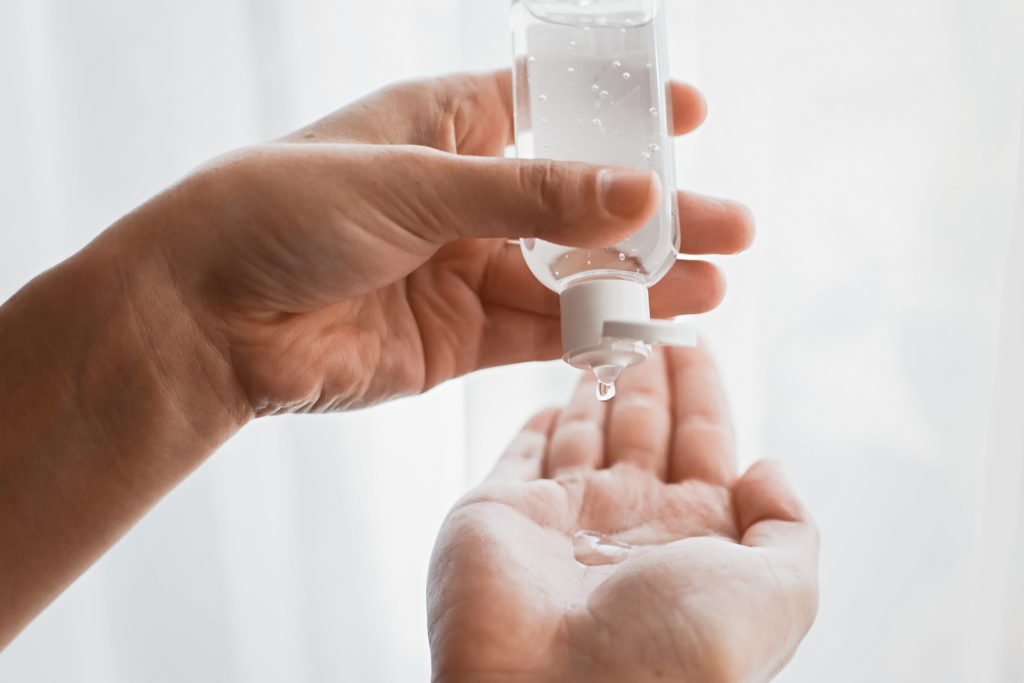To prevent the spread of Covid-19, health care providers such as doctors, nurses, and personnel should adhere to safety protocol at all times to achieve an increase in patient recovery while flattening the curve.
Furthermore, the American Association of Nurse Anesthetics has released information to aid frontline personnel and anesthesia providers with a series of effective steps essential to combating the spread of COVID-19 while securing their health in this pandemic.
Always Use Personal Protective Equipment (PPE) At All Times
In a statement issued by the American Society of Anesthesiologists, anesthesia providers must adhere to facility resources and patients especially in time-critical procedures. When dealing with patients affected by COVID-19, the association recommends the use of N95 masks which have undergone test fitting, gowns, and gloves.
However, a face shield and air purifying respirator are suitable replacements in this stead due to the high demand of N95 masks throughout the world. During procedures such as intubation and laryngoscopy on suspected COVID-19 carriers or general patients, anesthesia providers are advised to consider wearing double gloves. This helps shed the outer glove so that the provider can retain their uncontaminated inner glove.
Distribute OR’s Specifically for Patients Diagnosed with COVID-19
During this crisis, anesthesia providers should work hand in hand with hospital faculty to ensure sufficient numbers of OR’s are available in case of spontaneous COVID-19 patient emergencies. Bear in mind, keeping patients away from each other instead of in holding areas or in the post anesthesia care unit is ideal in combating the spread of coronavirus.
Additionally, such patients must be away from recovery areas where patients, doctors, and staff are. If there is an overload in rooms, your hospital administrator can designate space or ensure transfer to another facility with more rooms available.
Take Necessary Steps to Prevent the Airborne Spread of COVID-19
When dealing with patients during this period of COVID-10, always ensure to preoxygenate the patients for at least five minutes using FiO2 at 100 percent while performing rapid sequence induction. This will prevent the patient from manual ventilation of their lungs. Avoid fiber optic intubations where possible and instead choose a video-laryngoscope to improve the success rate of tracheal intubation. This will prevent the aerosolization of the virus.
Utilize Hydrophobic Based Filters
Anesthesia breathing filters have been commonly used in the prevention of infection in SARS, tuberculosis, H1N1 influenza, HCV, and HIV. The same practice can be utilized in preventing the spread of COVID-19 amongst patients and staff.
Therefore, Anesthesia providers should consider using hydrophobic filters in between facemasks. To avoid contamination, a well-placed filter must between the mask and reservoir bag and breathing circuit in anesthesia procedures. In humid environments whereby anesthesia delivery is carried out, the use of electrostatic filters provides poor performance. In such situations, pleated hydrophobic filters provide better protection against humidification within anesthesia delivery areas and intensive care.
Experienced Anesthesia Providers should be Left to Intubate Patients
To reduce the risk of unnecessary exposure to COVID-19, healthcare institutions should minimize the number of anesthesia providers per procedure. Allocating the most qualified helps speed up the process. In times like these, speed is essential to dealing with overwhelming numbers. Deploy anesthesia providers to where their skills are most needed to boost the flexibility of healthcare providers dealing with COVID-19.
Your hospital’s local anesthesia medical director or senior doctor can allocate providers to specific tasks based on their skills where needed. In essence, limiting those in contact with potential COVID-19 carriers in procedures and airway manipulation can help flatten the curve.
Conclusion
In this time of crisis, the appreciated efforts of many healthcare workers fighting in the frontline against coronavirus are greatly praised. As an anesthesia provider, ensure to utilize the relevant information to your advantage. Like Benjamin Franklin once said “An ounce of prevention is worth a pound of cure“.




